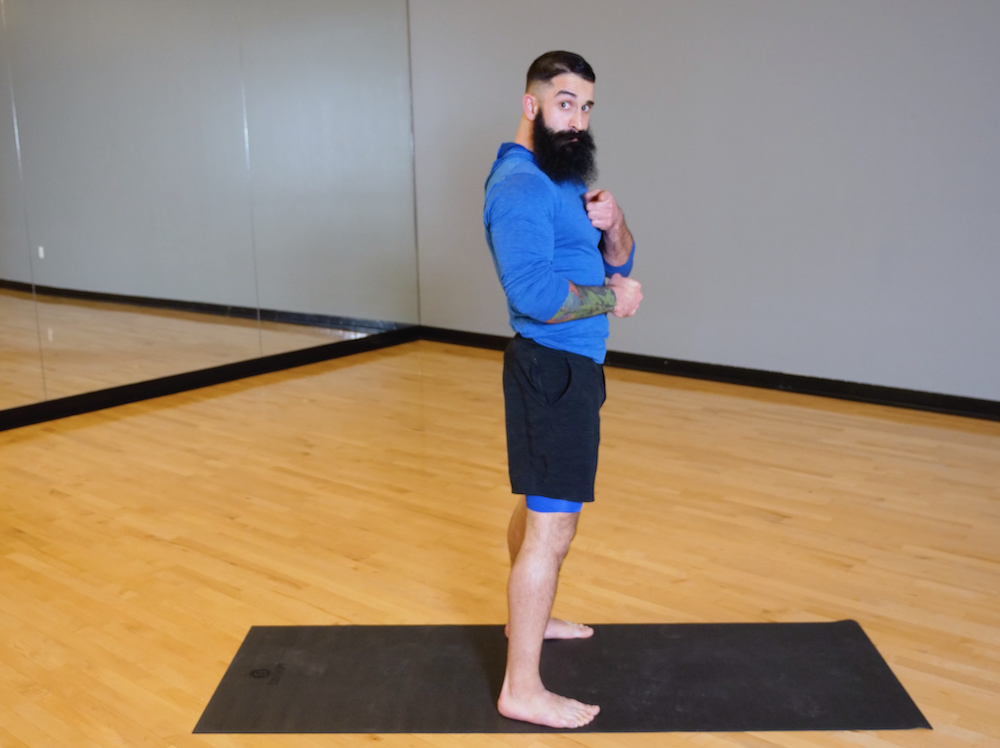If you’ve ever trained for a race, a swim meet, a tennis match, or any physical event, you’ve probably heard that cross-training is the most effective way to prepare. While there are all kinds of ways to mix up your training, one of the best is mobility training. We sat down with Amir Zandinejad, our certified mobility training expert, to learn more about the benefits—and why just about everyone should be incorporating this into their fitness routine.
We first asked Amir the obvious question: what is mobility training?
“It’s highly specialized strength training,” he told us. “Mobility training includes expanding ranges of motion, strengthening joints, and improving overall movement and strength potential. In order to achieve true strength, our joints and our muscles need to be able to express ranges of motion with strength and control at both mid range and end range.”
This sounded a bit like weight lifting to us. So we asked Amir to explain the difference between weight lifting and mobility training.
“Traditional weight lifting stays within a joints mid-range of movement, so traditional weight training can be viewed as mid-range strength training.Mobility training can be viewed as end-range strength training.
Amir told us his personal story that brought him to this specialty—and how he has experienced the advantages of mobility training first-hand.
Amir’s story: “Three years ago, my body felt constantly beat up, stiff, and tight. I had chronic pain and recurring injuries, and I’d lost a lot of my athletic ability. In 2015, I took a deeper look into my training and lifestyle decisions and decided to make some changes. One was shifting more into a movement and mobility practice.”
Some of the benefits Amir experienced with mobility training include: improved strength, physical resilience, body function and control, and range of motion.
Plus, mobility training makes effective training safe; it’s not about beating your body up.
“Mobility training strengthens your joints, as well as your muscles and other connective tissues. With better mobility we create more movement potential. Less restrictions in your body means more ability to express movements with greater ease and strength. Mobility training makes you a far more athletic human being with more physical abilities.”
And the beauty of mobility training is that it’s designed for longevity.
“We only lose our ranges of motion when we stop using them. Mobility training makes sure you continue to use them, so you don’t lose them as you age. Improving the longevity of our athletic movement.”
According to Amir, everyone should practice some level of mobility training—and everyone can. One of his favorite mobility training exercises is a Controlled Articular Rotation. “We take one joint and work it in isolation. We take this joint through its greatest (pain-free) range of motion, adding rotation, at a controlled tempo. Mobility training also engages the nervous system to ramp up tension (neural drive) in order to create neurological control to the joint in motion.”
Training for your next triathlon? Recovering from an injury and want to return even stronger than before? If you’re looking for a form of training that’s a mix of mental, physical, and flexibility training, you’ve found the right fit with mobility training. You can also work one-on-one with Amir by contacting him here.





